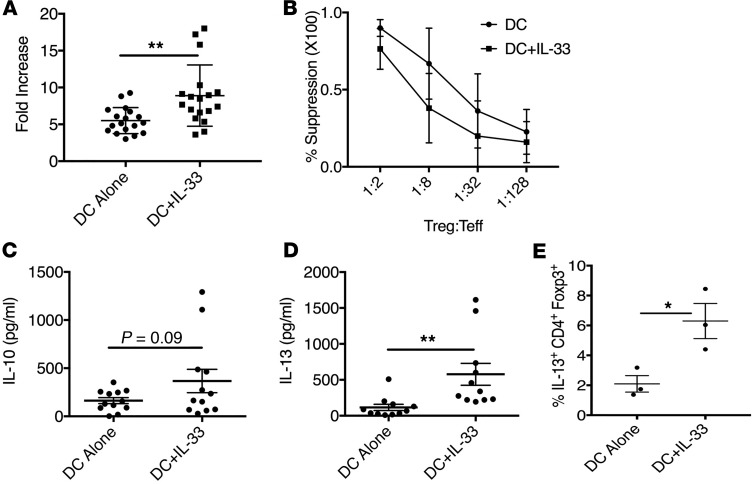Figure 5. IL-33 expands suppressive human Tregs that secrete IL-13.
(A–D) Human Tregs (CD4+CD25hiCD127lo) sorted from peripheral blood mononuclear cells (PBMCs) were cultured with allogeneic monocyte-derived dendritic cells (Mono-DCs) and recombinant human IL-2 (300 U/ml) alone or with recombinant human IL-33 (50 ng/ml) added. (A) Cells were counted on the seventh day of culture and mean ± SD fold increase in Tregs depicted. Data represent 8 individual experiments with 18 different Treg and Mono-DC combinations. (B) Ex vivo–expanded Tregs from each culture condition were tested for their ability to suppress Teff proliferative responses to CD40L-activated allogeneic B cells. Treg suppressive function is expressed as percentage suppression of T cell proliferation and the mean ± SD from 5 cultures of expanded Tregs are depicted. (C and D) Supernatants were harvested on day 7 of culture and assessed by Cytometric Bead Array (CBA) for (C) IL-10 and (D) IL-13. Data depicted are the mean ± SD. (E) Mean frequency of IL-13+CD4+Foxp3hi cells in cultures with and without IL-33 was determined by intracellular IL-13 and Foxp3 staining of one donor’s Tregs following 7 days of culture with Mono-DCs generated from 2 different donors. Data depict Tregs from 3 different donors and are the mean ± SEM. Statistical significance was determined between each condition by unpaired, 2-tailed Student’s t test. *P < 0.01, **P < 0.01.

